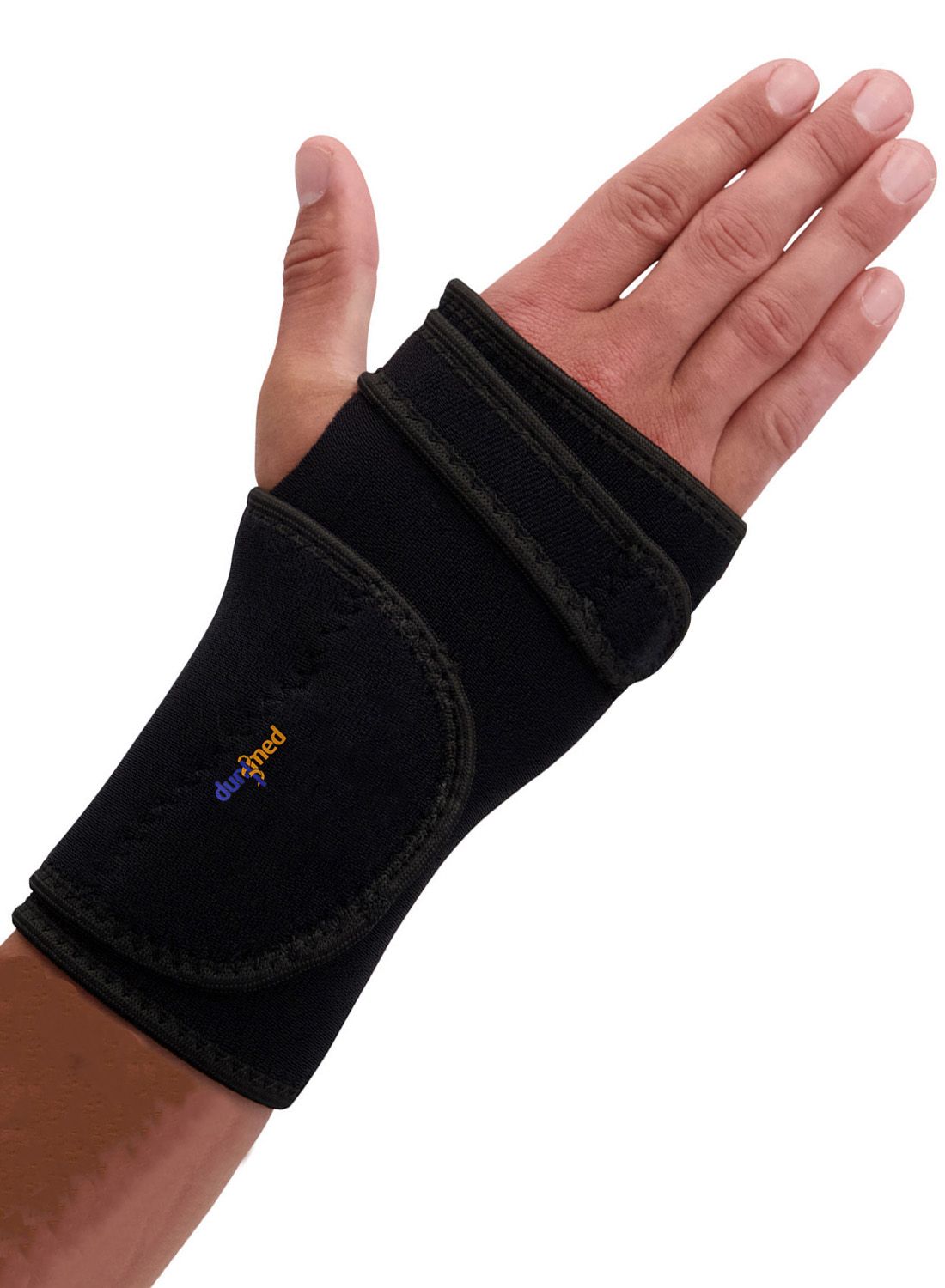Osteoarthritis - Wrist
Wrist osteoarthritis is a very troublesome condition that can significantly interfere with your daily life. Below, we provide detailed information about the symptoms, causes, and treatment of wrist osteoarthritis. Read on to learn more:
What is wrist osteoarthritis?
Osteoarthritis is a form of rheumatism. When the layer of cartilage at the ends of the bones around the wrist becomes damaged, this is called wrist osteoarthritis. This layer ensures the joints can move smoothly and without pain. In osteoarthritis, the cartilage wears down, causing the bones to rub directly against each other. This leads to pain in the wrist. Many everyday activities and tasks become more difficult to perform, limiting your ability to function in daily life.

What are the symptoms of wrist osteoarthritis?
The most common symptom of wrist osteoarthritis is pain. This often occurs when you begin moving your wrist again after a period of rest, this is known as start-up pain. There may also be a loss of strength, and swelling can develop. Osteoarthritis can occur at any age, but as you get older, the quality of cartilage decreases. This increases the risk of developing osteoarthritis later in life.
What causes wrist osteoarthritis?
The exact cause of wrist osteoarthritis is often hard to determine. In some cases, it is the result of an accident. Heavy use of the wrist, such as performing physically demanding work over many years can also contribute to osteoarthritis. Other risk factors include being overweight, hereditary predisposition, and gender. Research has shown that osteoarthritis is more common in women than in men. Age also plays a role: osteoarthritis often begins to appear from around age 45. The wrist is made up of many different bones, which makes the joint more vulnerable and prone to wear and tear.
How is the diagnosis made?
If you’re experiencing wrist pain, your first step will usually be to visit your general practitioner. The doctor will perform a physical examination and may refer you to an orthopedic specialist. X-rays of the wrist are typically taken by the orthopedic surgeon. In some cases, further imaging, such as a CT scan, is required.

How is wrist osteoarthritis treated?
There are several treatment options available if you are diagnosed with wrist osteoarthritis. You can choose between surgical and non-surgical treatments, in consultation with your doctor.
If you opt for a non-surgical approach, treatment usually begins with rest. Try to avoid straining your wrist as much as possible. Wearing a wrist brace is also highly recommended, as it provides full support and helps relieve pain.
In some cases, medication is prescribed, usually paracetamol or NSAIDs such as diclofenac or ibuprofen.
Another option is a local injection with an anesthetic solution to reduce the pain in the wrist.
If none of the above methods provide sufficient relief, surgery may be considered. This may involve replacing the damaged joint with an artificial one made of synthetic material, or fusing the joint.
This decision is always made in close consultation with your treating physician.

Super Ortho - Carpal Tunnel Syndrome Wrist Support

Super Ortho Wrist Support

Bauerfeind Manuloc Wrist Support
Protection level 3
Bauerfeind ManuLoc Rhizo Wrist / Thumb Support
Protection level 3
Dunimed Premium Thumb / Wrist Support

Dunimed Carpal Tunnel Syndrome Wrist Support

Dunimed Wrist Support

Dunimed Wrist Wrap

Dunimed Osteoarthritis / Rheumatoid Arthritis Gloves

Gladiator Sports Wrist Wrap

Gladiator Sports Carpal Tunnel Syndrome Wrist Support

Gladiator Sports Thumb / Wrist Support

Gladiator Sports Wrist Support

- Physiotherapist
- Sports podiatrist
- Manual therapist
- Podopostural therapist
- Myofascial dry needling specialist


